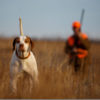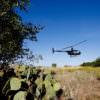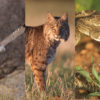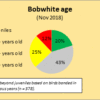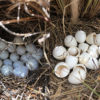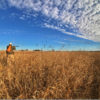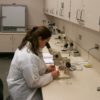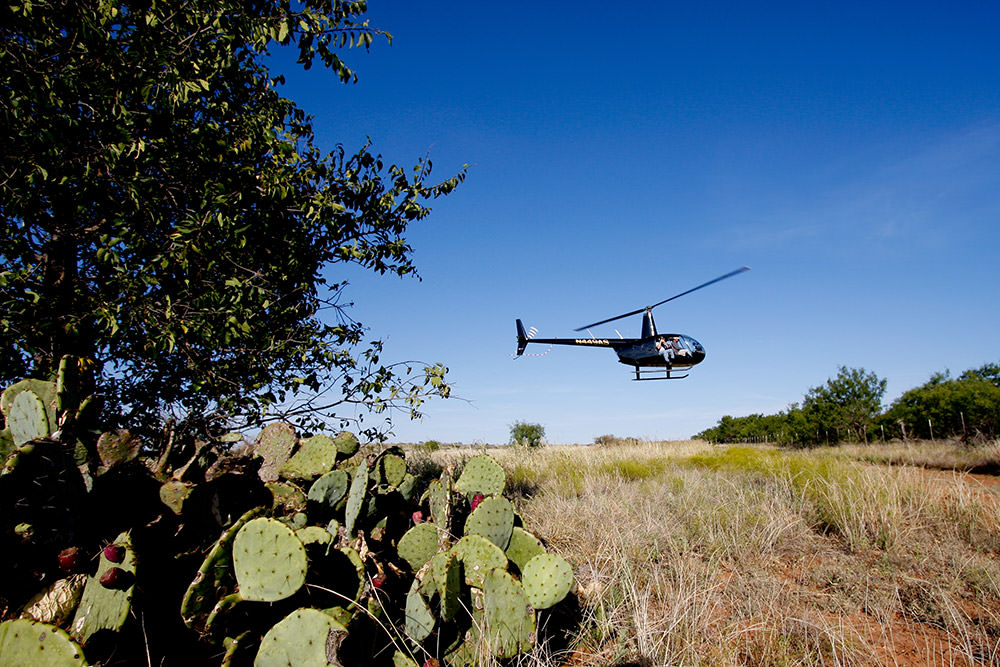
by Daniel King
If you manage land anywhere south of central Kansas and west of Dallas, odds are you spend some time fighting a woody plant called “mesquite”. While it is considered native, it has a pronounced tendency to overtake the landscape and a wide reputation of being hard to control. Mesquite is considered both a “re-seeder” and a “re-sprouter.” It produces seeds that will re-establish populations after they are damaged by disturbance (i.e., check the cattle dungpats in your pasture for seedlings germinating from them). Mesquite also has a mass of meristematic tissue (a “root ball”) below the ground, at the base of the plant. When the above ground portion of the plant is damaged or killed, the meristematic tissue is triggered to produce new stems. This “re-sprouting” creates a shrub-like growth form which has numerous stems rather than a single trunk. This is why, 3-5 years after you have cleared mesquite with a dozer, chaining, or even a hot fire, it seems like there are more mesquite than before. At this point, most folks get the itch to get the D6 back out and go to work. While those mesquites will never provide quite the protection from the August sun of a netleaf hackberry or elbowbush, you may still get some value out of them by implementing a technique called “half-cutting.”
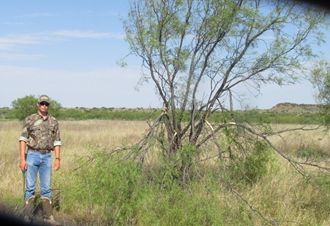 There are three steps to half cutting. First, you choose a good candidate mesquite. The tree needs to be multi-stemmed (at least 6-8, the more the better), have smooth bark, and be 7-12 feet tall. The smooth bark indicates that the stems are “green” enough that they can be broken over without killing the limb.
There are three steps to half cutting. First, you choose a good candidate mesquite. The tree needs to be multi-stemmed (at least 6-8, the more the better), have smooth bark, and be 7-12 feet tall. The smooth bark indicates that the stems are “green” enough that they can be broken over without killing the limb.
Second, you cut stems about half-way through and break over around ¾ of the stems. Grab each stem somewhere above chest-level and bend the stem straight down toward the ground. Then take a saw (bow saw or hand-held tree saw) and start cutting into the top side of the bent stem about 3-4 feet above the ground. As you hold the stem down and continue cutting (typically when you get around 40% of the way through), the stem will “break over” allowing the tips of the branches to hit the ground. At that point, you stop cutting. This allows water and nutrient exchange to continue between the leaves and roots, thus keeping the branch alive. You will repeat this process with most of the stems. We like to leave one or two stems in the center of the tree uncut.
Finally, you wait. Immediately, half-cutting the plant makes it better cover for quail by enlarging its area and providing horizontal screening cover. However, the initial result still looks pretty paltry. Give the plant a couple years to sprout new, vertical growth from the cut branches, and you will have created a wide shrub with good screening cover and open area underneath for loafing. Half-cutting is most effective in the late-spring and early summer when leaves are green, but there is still time for the plant to continue growth that year (May-June ideally).
On a pasture or ranch scale, you can never really hurt anything by half-cutting, but focusing your efforts on areas where you lack woody cover will maximize your impact. If you have post-CRP land you’ll like the looks of our Annie Pasture where half-cutting and individual plant treatment with herbicides have been used to sculpt the field for bobwhites. As far as how many or how much to half-cut, I say do as many in your selected area as you can possibly stand; it falls easily in the category of “character building” anyway.
FMI check out the Half Cutting Webisode: https://www.youtube.com/watch?v=-suJktLCV-0.


